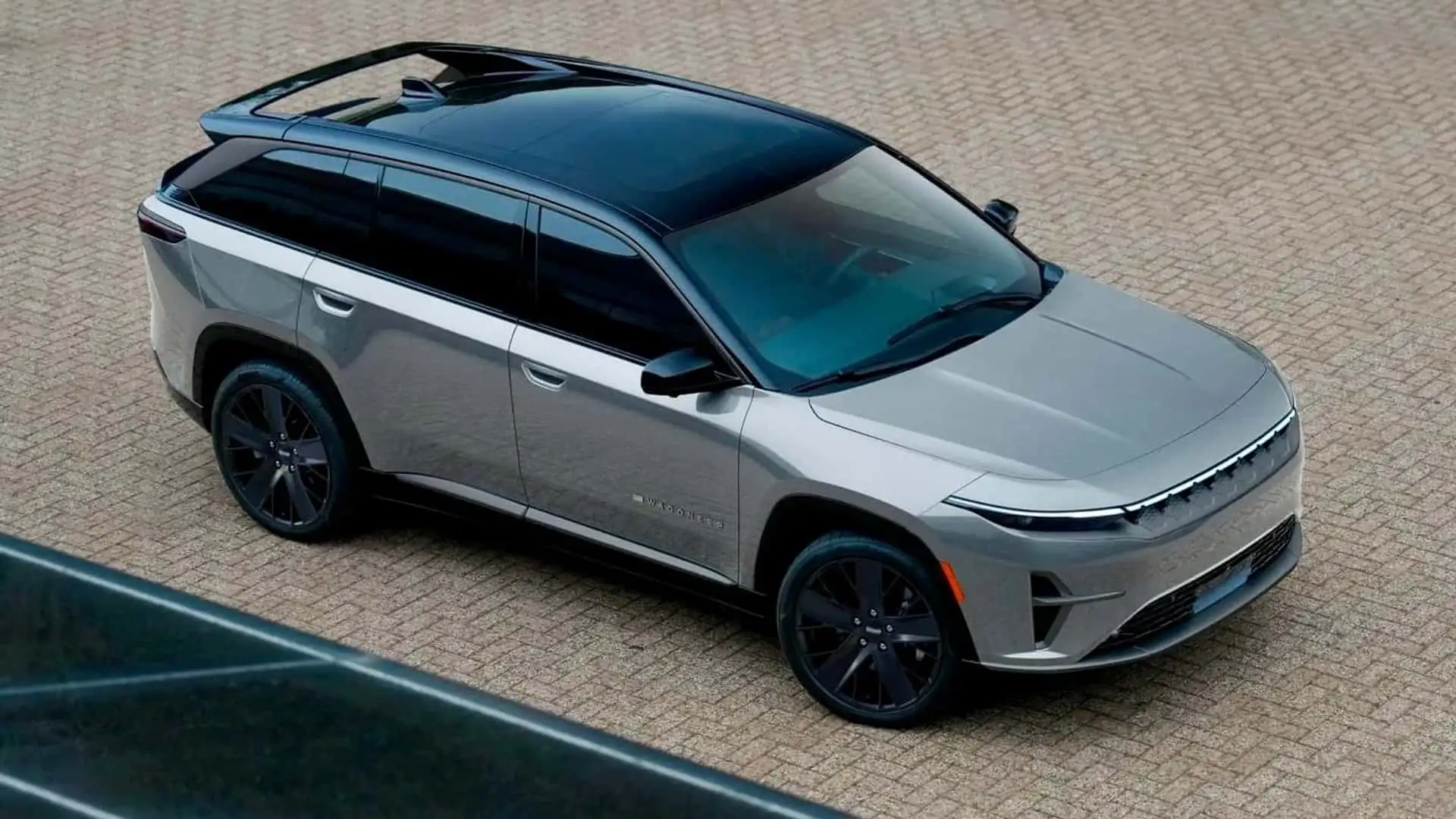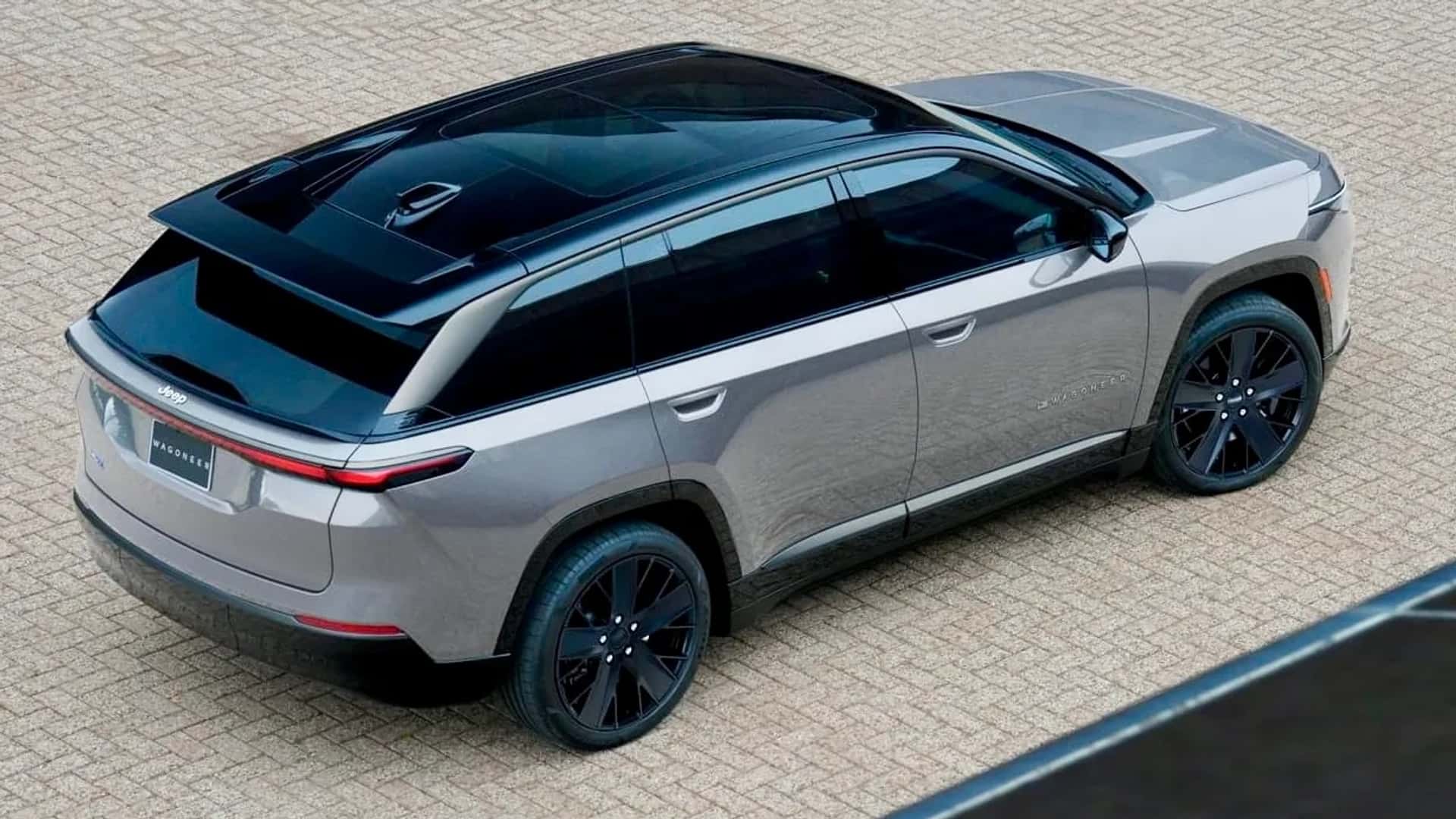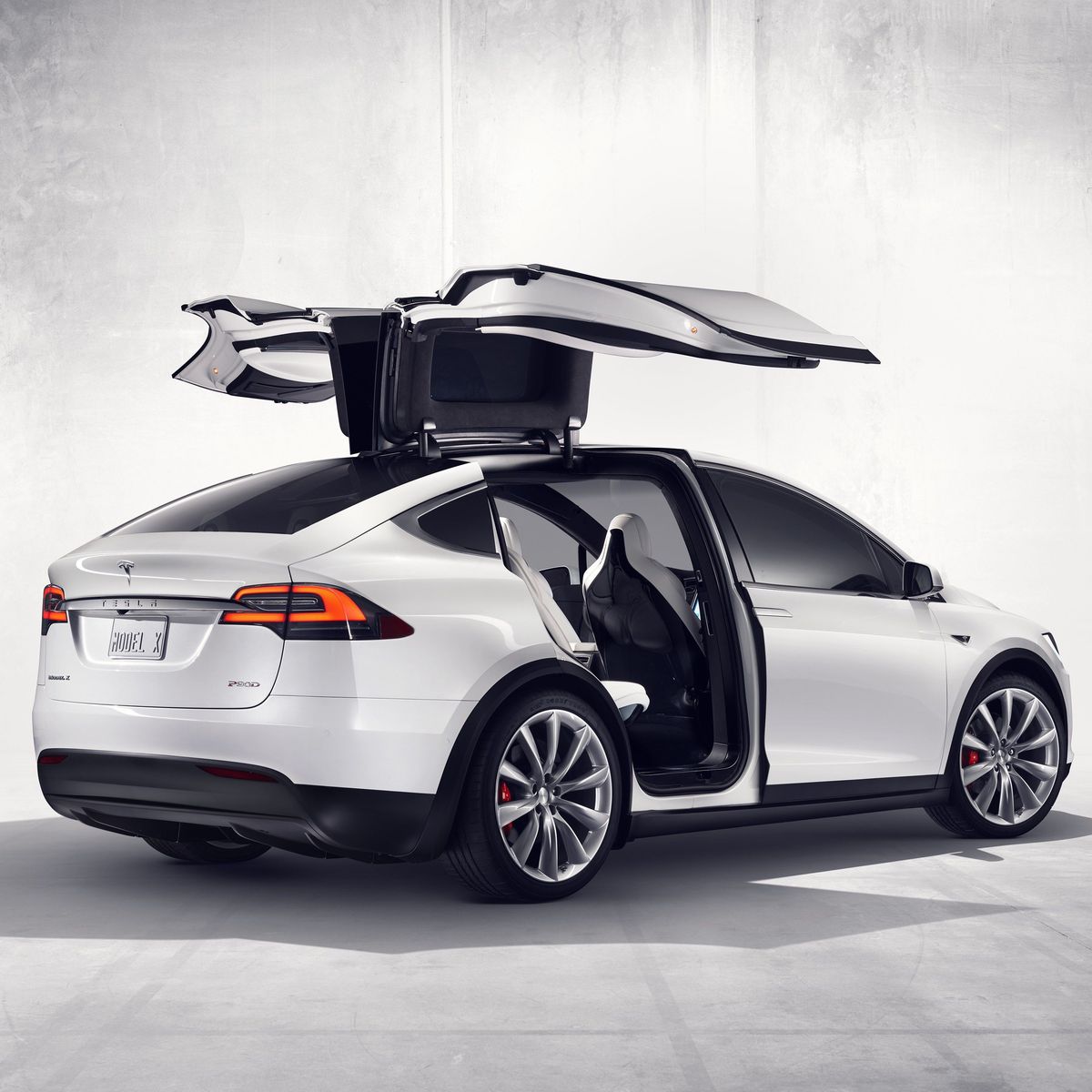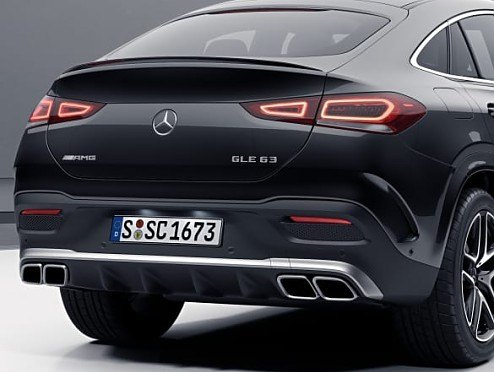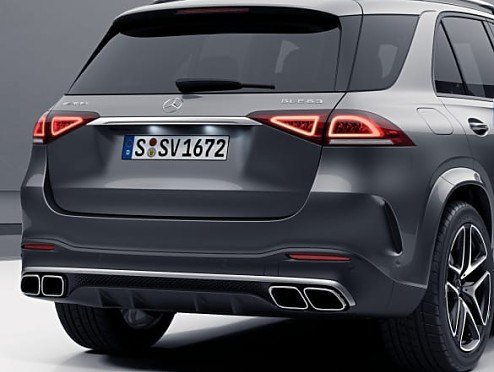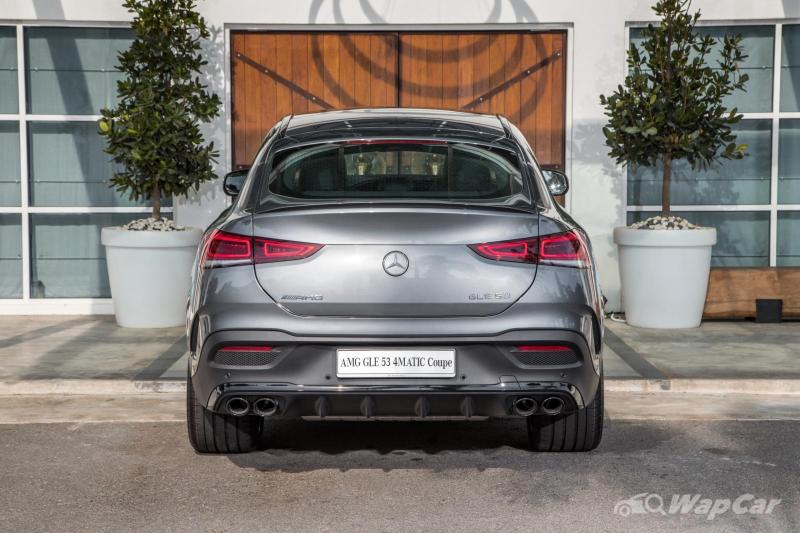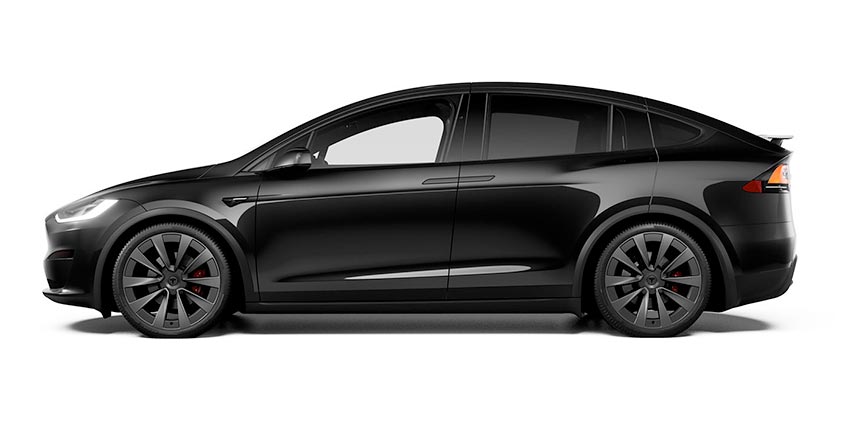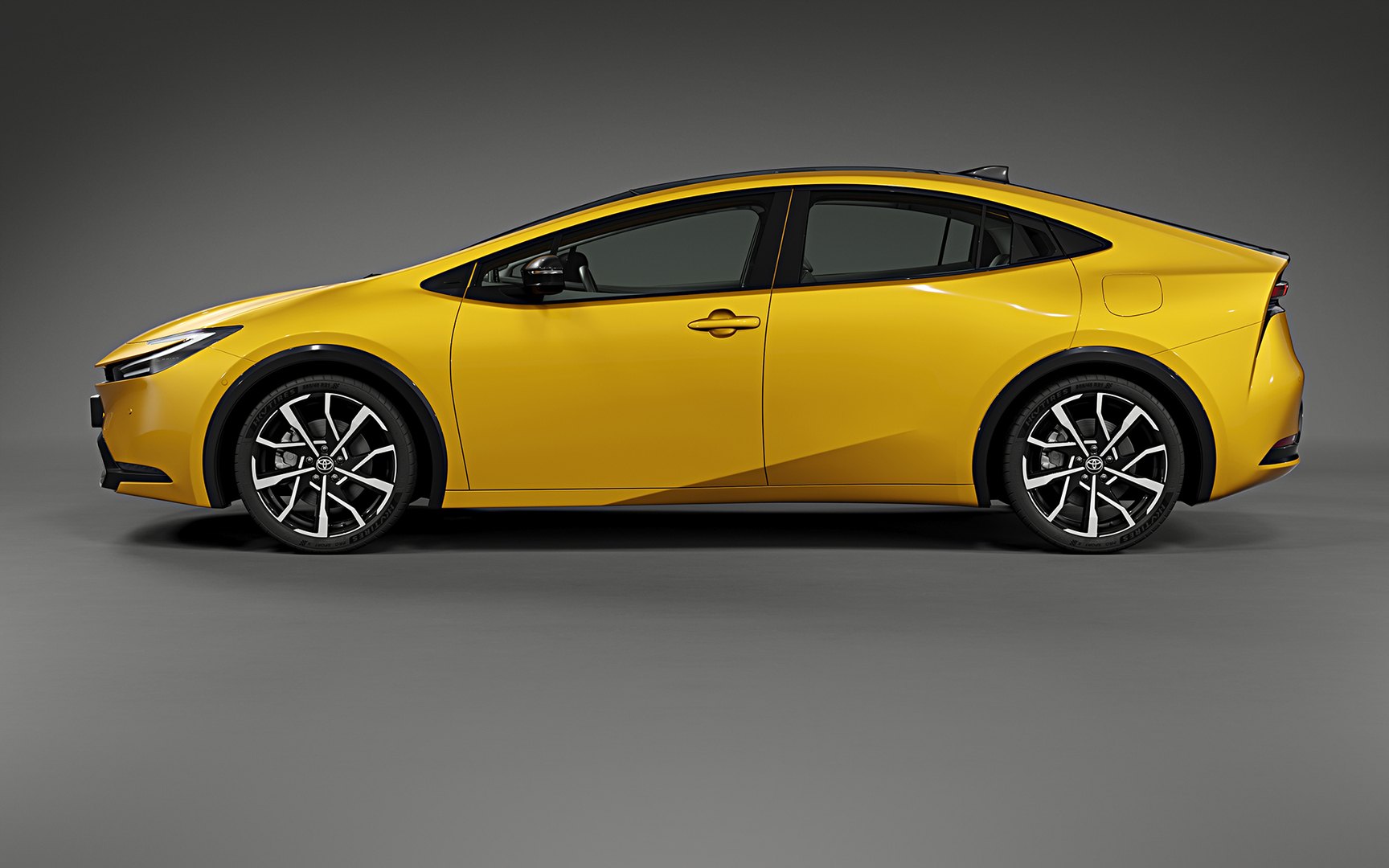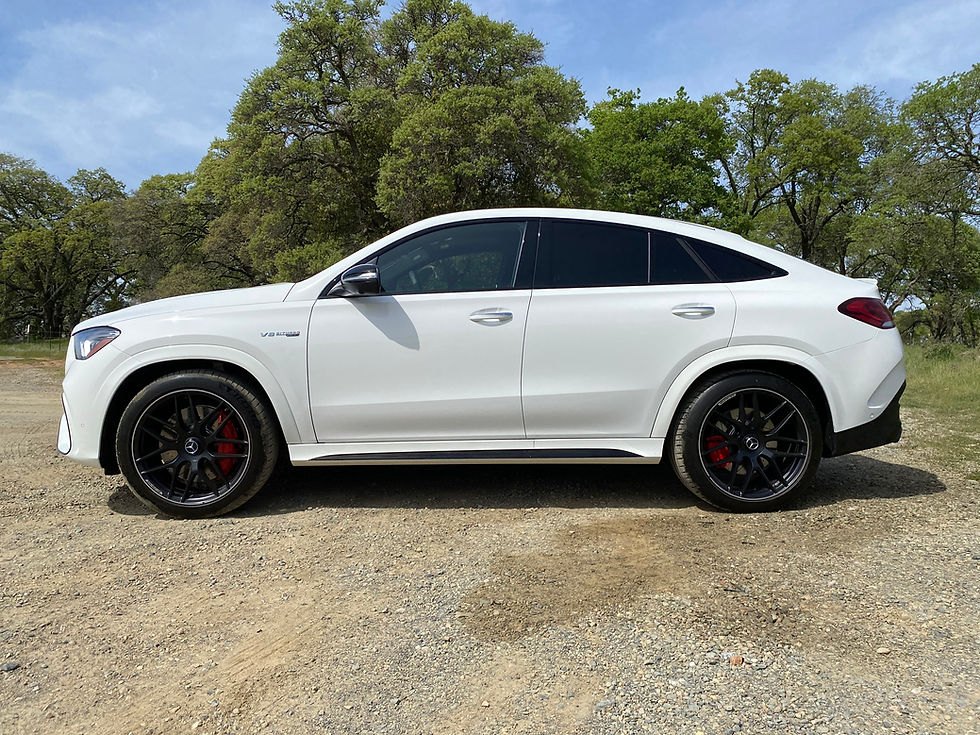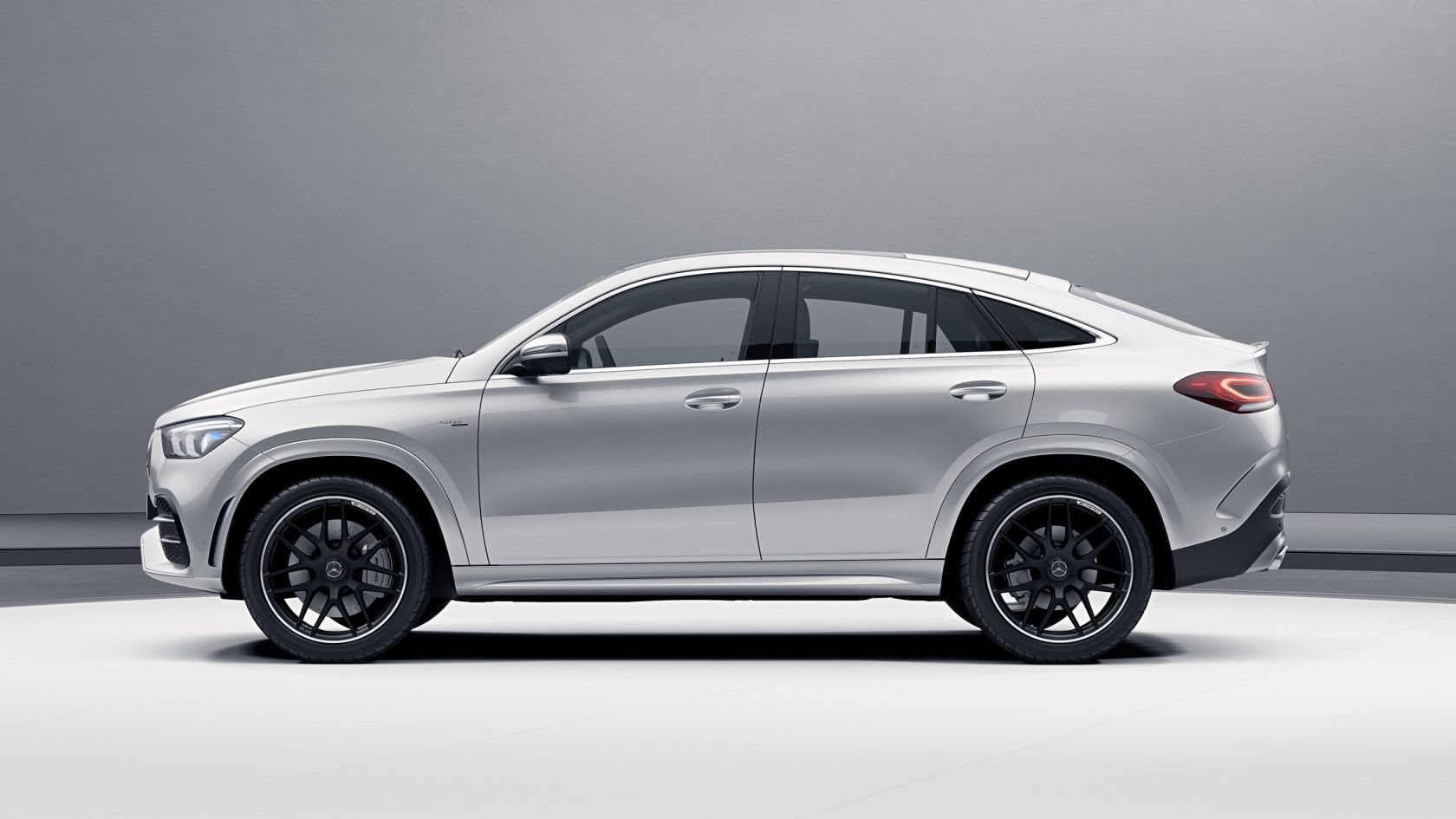That’s the best interpretation of the “Coupe-like” SUV rear that I’ve seen. Pretending it’s not there is the best thing for it.
I was curious on the genuine improvement, on an efficiency basis that the shape change creates. AMG does the GLE63 in the C (“Coupe”) and V (Wagon) variants, which is a pretty fair comparison. Both use the same 450KW, 4L Turbo V8. Data from carsales*
“Coupe” - Wagon / Measurement
2525kg - 2621kg / Tare Mass
1790L - 2010L / Boot space max
9.8L - 9.4L / Highway L per 100km
17.5L - 17.4L / City L per 100km
12.6L - 12.4L / Combined L per 100km
I wasn’t expecting the “Coupe” to be much better, but I definitely wasn’t expecting the heavier wagon to get better fuel consumption. It may be down to environmental differences on test day and it’s only one data point, but it shows that there’s not a massive real-world difference between the two shapes.
Knowing that drag increases at the square of speed, I feel like the “coupe” would comprehensively win a test at 200KPH. In all honesty though, real people’s cars just don’t do that type of speed.
I’d be interested to see some more comparison data, but on aesthetics and cargo volume alone, I’d much prefer the traditional wagon in this sector.
Coupe-
https://www.carsales.com.au/cars/de...>ssaleid=OAG-AD-22503966&pageSource=details
Wagon-
https://www.carsales.com.au/cars/de...>ssaleid=OAG-AD-22368965&pageSource=details

